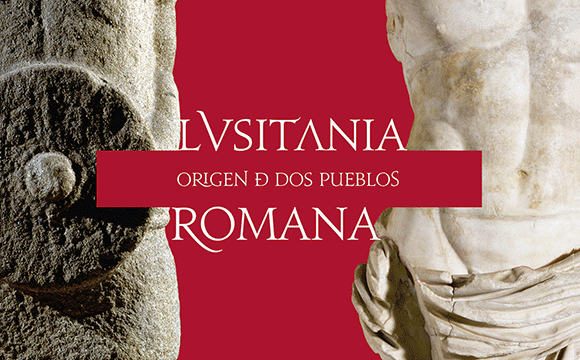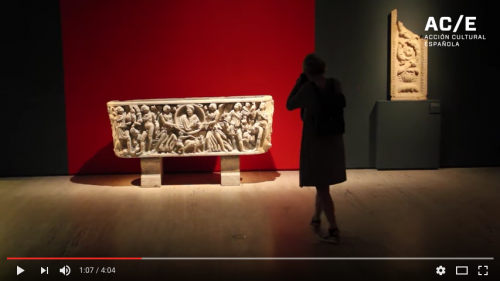Many of the pieces have never previously been shown: the altar to Endovelicus, displayed in its complete state for the first time since its restoration; the stele of Arronches, a unique example of a piece bearing an inscription in the Lusitanian language, which is shown for the first time in an exhibition; the frescoes of the Centro Interpretativo of the Casa de Medusa, Alter do Chão; the arm of the monumental bronze of Campo Maior, which had never before been shown; and the two intaglios discovered during the Medellín excavations, likewise never previously displayed.
With this marvellous selection of pieces grouped into thematic sections, the exhibition sets out to show the legacy left by Roman culture in what was then the province of Lusitania. The Roman province of Lusitania, which had broken away from the territory known as Hispania Ulterior, probably between 16 and 13 BC, is perhaps one of the least known of the western part of the Roman empire even though it is one of the most interesting on account of its history and the diversity of the peoples who made up this region whose capital was Augusta Emerita, which over time became the most important population centre of the western empire in the finis terrarum and the first proper capital of the Iberian Peninsula, following Diocletian’s administrative reforms. As a result of the vicissitudes of history, this territory, which the Romans unified politically and administratively, was divided between two nations after centuries.
Sections: Raquel, no he sido de capaz de cambiar los enlaces de español a inglés. Los nombres de las secciones son correctos, tomados de la página web, y en cada caso he copiado el enlace a la página en inglés, para que se cambie.
ROOM 1.- >The gaze of the other. Pre-Roman Lusitania
ROOM 2.- >The contact. The impact of the Roman presence
ROOM 3.- The full integration of the Lusitanian territory
ROOM 4.- > The Lusitanian cities
ROOM 5.- >Living in society
ROOM 6.- >The economy and forms of production
ROOM 7.- >The rural life
ROOM 8.- >The religious manifestation
ROOM 9.- >The slow change
ROOM 10 (audiovisual).- The Roman legacy





